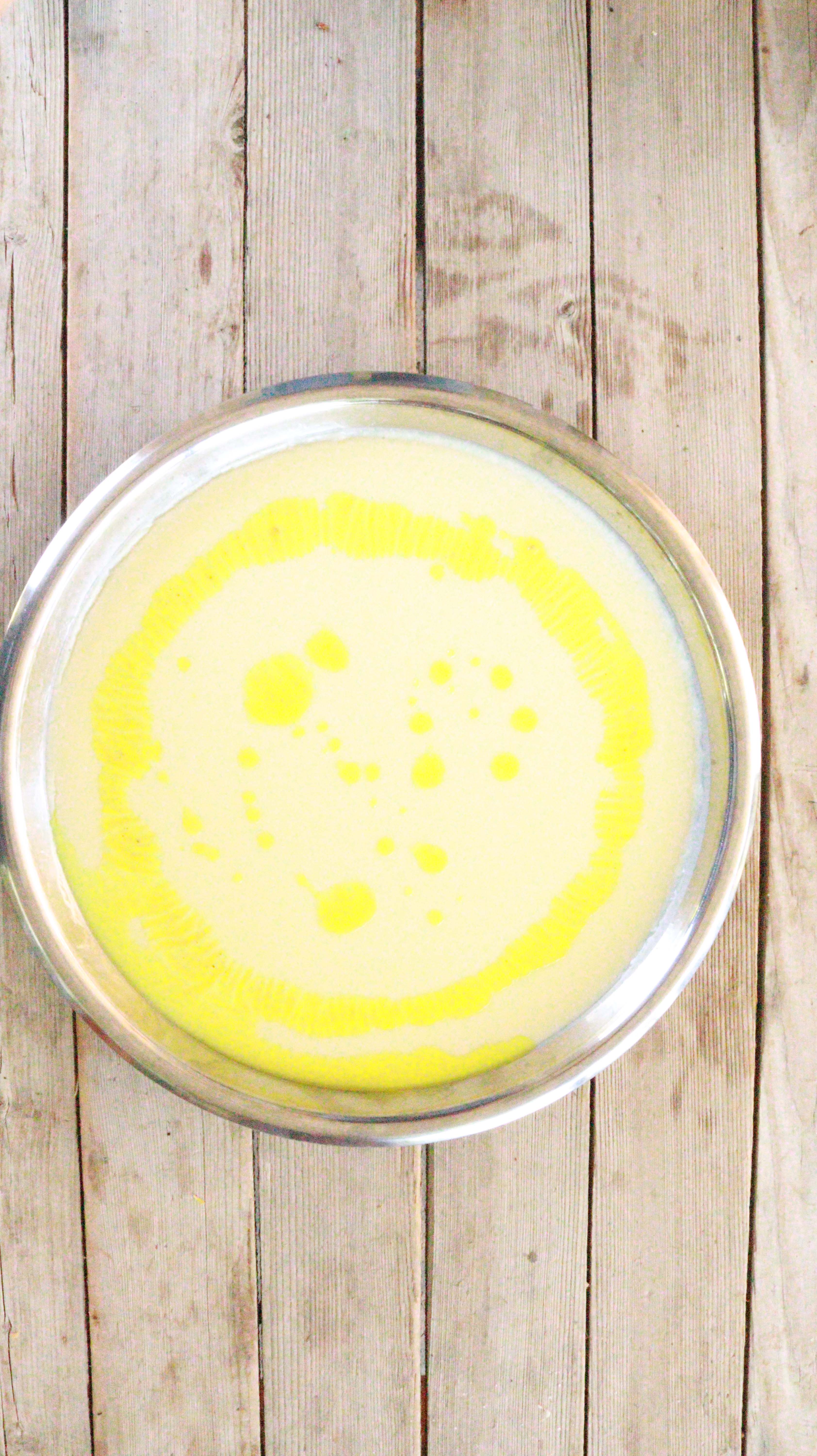ENTER A PRODUCT: Submission #34
Secondary tabs
Submission information
Submission Number: 34
Submission ID: 40
Submission UUID: e7d7c56f-dd6d-42f5-9724-0d660f135928
Submission URI: /slowfood/form/segnala-un-prodotto-bk1
Created: Tue, 12/06/2022 - 13:43
Completed: Tue, 12/06/2022 - 13:46
Changed: Fri, 07/21/2023 - 08:29
Remote IP address: (unknown)
Submitted by: admin-form
Language: English
Is draft: No
Current page: Complete
Webform: ENTER A PRODUCT
| Product name | Haitalieh | ||
|---|---|---|---|
| Category |
|
||
| Geographic area | Geographic area: Jordan Latitude: 30.585164 Longitude: 36.238414 Location: 30.585164,36.238414 Formatted Address: Giordania Country: Giordania Country Code: JO |
||
| Product description | Haitalieh is a Middle Eastern traditional dish, made with sweetened milk from the Baladi goats or Awassi sheep, using starch water from soaked Jareesheh to gelatinize it and served with melted local ghee/Samneh Baladiah poured on top. Jareesheh is wheat that is cracked into smaller pieces in water after it is soaked for a few hours. |
||
| Gastronomic use | It has a gelatinous consistency, yet creamy and it is eaten as a dessert or for breakfast. Traditionally all the cooking happens in an area of fire wood, surrounded by stones to support the pot. Milk and sugar are added in the pot and placed on a low fire until it boils, Jareesheh’s starch water is added and the mixture is allowed to simmer for a few minutes until it thickens. The Haitalieh is traditionally poured in one deep serving tray and left to cool, then it is served topped with local ghee/Samneh Baladiah and eaten with spoons. Some people may add garnish of nuts. Haitalieh contains carbohydrates, fibbers, protein, sodium and water. It also contains some important vitamins such as Vitamin A, C, K, E and B Vitamins: B9, B1, B2, B3, B5, B12. It is considered also a good source of minerals such as Potassium, Sodium Calcium, Phosphorus, Zinc, Magnesium, Manganese, Selenium and Iron. It is considered an easy-to-digest food and helps to regulate bowel movement and relieve constipation. Haitalieh is usually eaten at breakfast or as a dessert and served to visitors. It is also made in special occasions, such as weddings. |
||
| Relationship with the local ecosystem and processing | Traditional processing of Haitalieh starts from the source of the main ingredient: goat or sheep milk, the milk is filtered through a fine mesh cloth Khareeta to remove impurities, then boiled for up to 10 minutes. Meanwhile, the Jareesheh is soaked in water for 2 hours or more, to form the starch. Once the milk boils, the quantity needed to make Haitaliah is taken and placed in a deep cooking pot. The starch water of Jareesheh is filtered through a fine mesh cloth Khareetah and added to the milk. | ||
| Culture and history | According to legends, Haitalieh was introduced to the Levant region around the 6th century by a tribe from Turkestan called Hayatleh through the trade routes between the Levantine city of Aleppo in Syria and the cities of Bukhara and Samarkand in Uzbekistan. | ||
| IS IT PRODUCED BY AN INDIGENOUS PEOPLE / COMMUNITY? | NO | ||
| ADD IMAGE |
|
||
| SUMMARY | Haitalieh is a Middle Eastern traditional dish, made with sweetened milk from the Baladi goats or Awassi sheep, using starch water from soaked Jareesheh to gelatinize it and served with melted local ghee/Samneh Baladiah poured on top. Jareesheh is wheat that is cracked into smaller pieces in water after it is soaked for a few hours. It has a gelatinous consistency, yet creamy and it is eaten as a dessert or for breakfast. According to legends, Haitalieh was introduced to the Levant region around the 6th century by a tribe from Turkestan called Hayatleh through the trade routes between the Levantine city of Aleppo in Syria and the cities of Bukhara and Samarkand in Uzbekistan. Traditional processing of Haitalieh starts from the source of the main ingredient: goat or sheep milk, the milk is filtered through a fine mesh cloth Khareeta to remove impurities, then boiled for up to 10 minutes. Meanwhile, the Jareesheh is soaked in water for 2 hours or more, to form the starch. Once the milk boils, the quantity needed to make Haitaliah is taken and placed in a deep cooking pot. The starch water of Jareesheh is filtered through a fine mesh cloth Khareetah and added to the milk. Traditionally all the cooking happens in an area of fire wood, surrounded by stones to support the pot. Milk and sugar are added in the pot and placed on a low fire until it boils, Jareesheh’s starch water is added and the mixture is allowed to simmer for a few minutes until it thickens. The Haitalieh is traditionally poured in one deep serving tray and left to cool, then it is served topped with local ghee/Samneh Baladiah and eaten with spoons. Some people may add garnish of nuts. Haitalieh contains carbohydrates, fibbers, protein, sodium and water. It also contains some important vitamins such as Vitamin A, C, K, E and B Vitamins: B9, B1, B2, B3, B5, B12. It is considered also a good source of minerals such as Potassium, Sodium Calcium, Phosphorus, Zinc, Magnesium, Manganese, Selenium and Iron. It is considered an easy-to-digest food and helps to regulate bowel movement and relieve constipation. Haitalieh is usually eaten at breakfast or as a dessert and served to visitors. It is also made in special occasions, such as weddings. |
